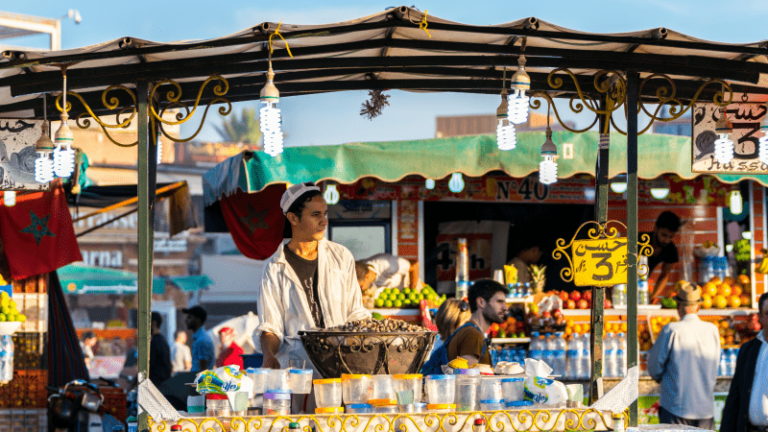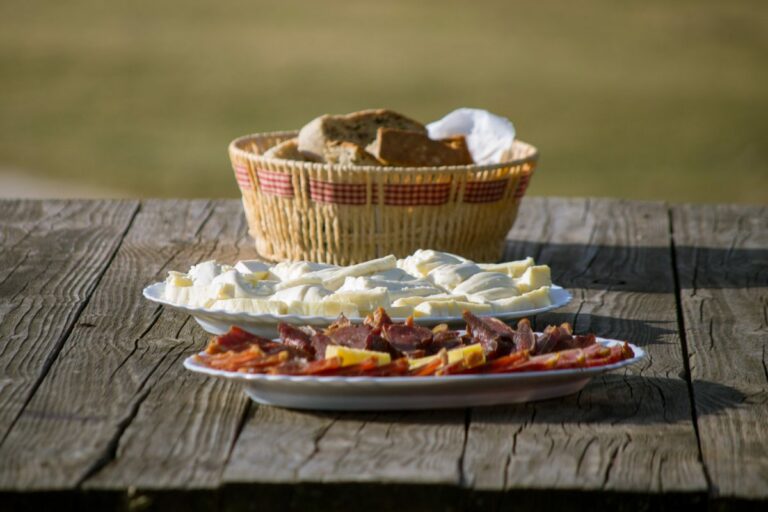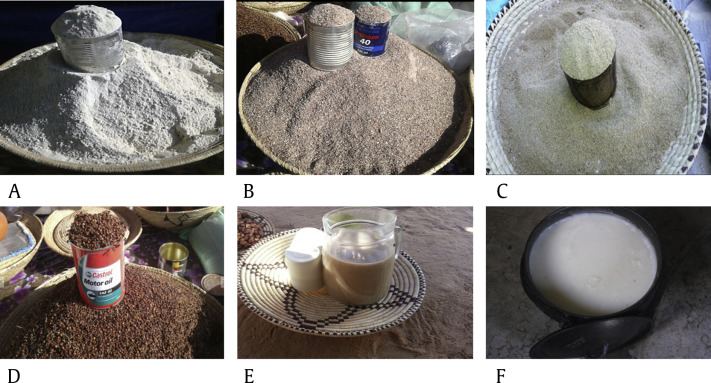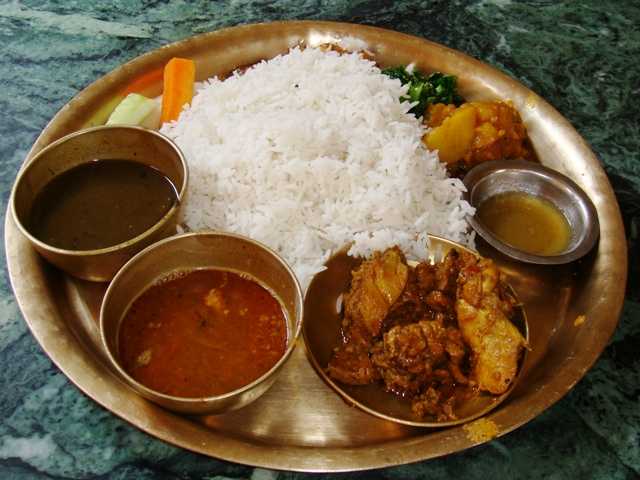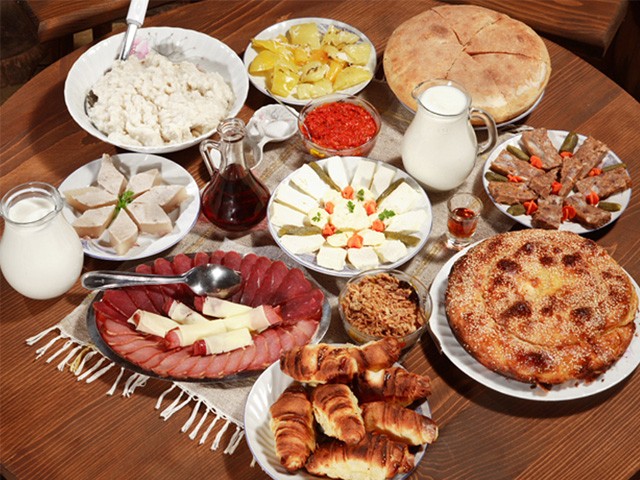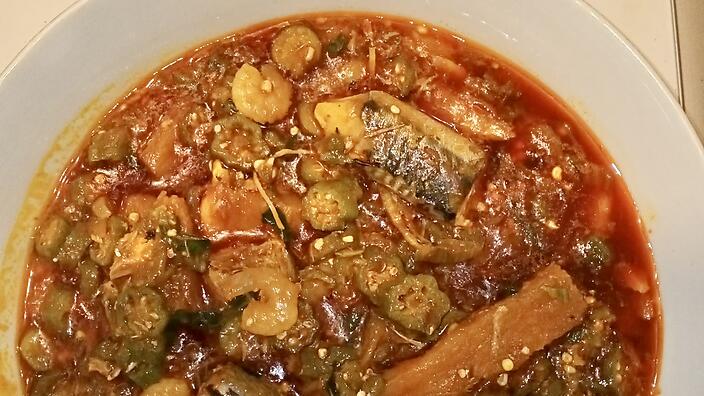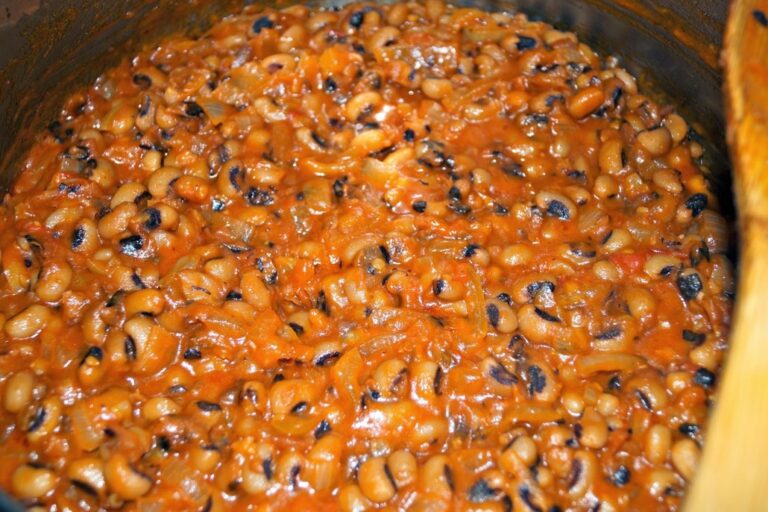Introduction to Moroccan street food
Moroccan street food is a culinary experience that every food lover should try. The streets of Morocco are filled with vibrant colors, sounds, and smells that are sure to awaken your senses. Moroccan cuisine is known for its bold flavors, unique spices, and use of fresh ingredients. Street food in Morocco offers a range of dishes that are affordable, delicious, and perfect for a quick meal on the go.
Top 6 popular Moroccan street foods
- Mechoui: A succulent roasted lamb dish that is seasoned with spices and slow-roasted over a fire pit. Mechoui is a popular street food during celebrations such as weddings, festivals, and religious holidays.
- Msemen: A traditional Moroccan pancake that is made from dough, semolina, and butter. Msemen is served with honey, cheese, or jam and is a popular breakfast item in Morocco.
- Brochettes: Grilled skewers of marinated meat that are seasoned with herbs and spices. Brochettes are commonly sold on the streets of Morocco and are a popular snack or meal.
- Sardines: Fresh sardines are grilled and served with a side of lemon and bread. Sardines are a staple in Moroccan cuisine and are a healthy and affordable street food option.
- Maakouda: Fried potato balls that are seasoned with herbs and spices. Maakouda is often served with harissa, a spicy red pepper paste, and is a popular snack in Morocco.
- Chebakia: A sweet pastry that is made of sesame seeds, honey, and spices. Chebakia is commonly served during the holy month of Ramadan and is a popular street food in Morocco.
Tagine: the quintessential Moroccan dish
Tagine is a North African dish that is named after the traditional earthenware pot in which it is cooked. The pot has a conical lid that helps to retain moisture and flavors. Tagine is a slow-cooked stew that is made with meat, vegetables, and spices such as cumin, coriander, and cinnamon. The dish is usually served with couscous or bread.
Tagine is a quintessential Moroccan dish that is popular both in homes and on the streets. It is a hearty and flavorful meal that is perfect for cooler weather. Tagine can be made with a variety of meats such as chicken, lamb, or beef, and can be customized to suit individual taste preferences.
B’stilla: a sweet and savory pastry delight
B’stilla is a sweet and savory pastry that is a popular street food in Morocco. The dish is made with layers of thin pastry dough, chicken, almonds, and spices such as saffron and cinnamon. The pastry is typically dusted with powdered sugar and cinnamon before being served.
B’stilla is a dish that is commonly served during festive occasions such as weddings and religious holidays. It is a unique and delicious combination of sweet and savory flavors that is sure to delight your taste buds.
Harira: a filling and flavorful soup
Harira is a traditional Moroccan soup that is typically served during Ramadan. The soup is made with a combination of lentils, chickpeas, tomatoes, and spices such as ginger and turmeric. Harira is a filling and flavorful soup that is perfect for breaking the fast during Ramadan.
Harira is a popular street food in Morocco and is often served with a side of bread. It is a hearty and nutritious meal that is perfect for cooler weather.
Couscous: a hearty and versatile meal
Couscous is a staple in Moroccan cuisine and is a popular street food in Morocco. Couscous is made from semolina and is typically served with a combination of vegetables, meat, and spices. The dish is versatile and can be customized to suit individual taste preferences.
Couscous is a hearty and filling meal that is perfect for both lunch and dinner. It is a healthy and nutritious option that is perfect for those who are looking for a satisfying street food meal.

